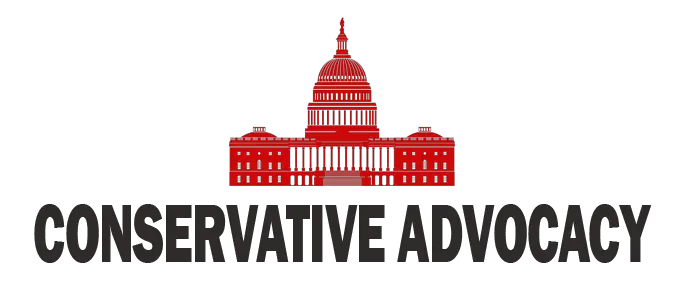In recent news, a shocking story has emerged from Cleveland that underscores the urgent need for change in our communities. A five-year-old girl was brutally beaten and assaulted by other children—a 10-year-old girl and a 9-year-old boy. The images and details from this incident are heartbreaking, as this innocent child was brutally attacked and traumatized. This tragic event raises serious questions about parental responsibility, community involvement, and the consequences of broken family systems.
The girl’s mother, only 21 years old and struggling to cope with the aftermath of this horrific attack, highlights the realities that many young parents face today. Having a child at just 16 years of age sets off a cascade of challenges that can affect not just one generation, but multiple ones. A stable family structure is crucial for children to grow up in a nurturing environment, yet we continually see cycles of violence and chaos in communities where this is lacking.
It’s important to ask: Where were the fathers in these scenarios? Statistics show that children who grow up without a father are more likely to experience poverty, engage in violent behavior, and face a host of other societal issues. The absence of male role models can create a vacuum that leaves boys growing up without guidance, leading to poor choices and actions that harm others. If the fathers were present in these children’s lives, it’s likely that such violent behavior would not be an option they considered.
Moreover, when we look at this incident through a broader lens, it isn’t just about this one crime. It’s emblematic of a systemic issue that perpetuates cycles of poverty, violence, and dysfunction. The environment these children are raised in plays a significant role in shaping who they become. When families are broken, and community ties are weak, the results can be catastrophic—not just for the victims, but also for the aggressors. Young boys who engage in such violent acts often end up on a troubled path that leads to a lifetime of struggle.
Communities need to step up. It’s not merely enough to express sympathy for the victims; action is necessary. Youth programs, mentorship opportunities, and a renewed focus on family values are paramount. By investing in strong family lives and supporting parents through education and resources, we can break down the barriers that lead to these kinds of incidents. Strengthening these critical structures is essential to changing the narrative and providing children with the tools they need to succeed instead of perpetuating a cycle of violence.
As this young girl begins her journey of recovery, we cannot overlook the larger societal implications. It’s incumbent upon all of us to advocate for a return to traditional values, to stress the importance of family, and to ensure that every child grows up with the support and love they deserve. Society has witnessed enough tragedies resulting from neglect and violence; it’s time to stand up, take responsibility, and create an environment where children can thrive, not just survive.




